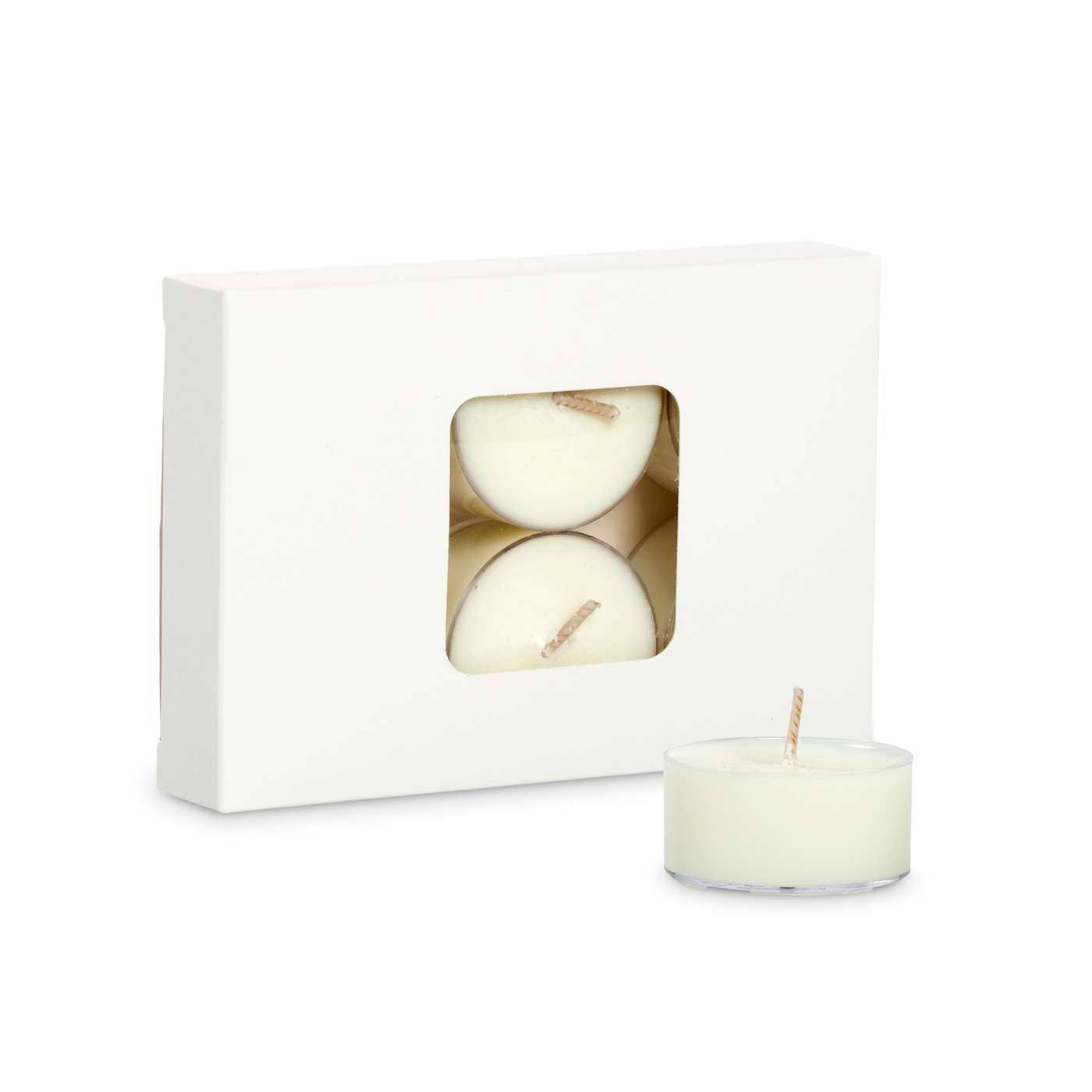Change Your Home with Eco-Friendly Soy Candles and Home Fragrance
Change Your Home with Eco-Friendly Soy Candles and Home Fragrance
Blog Article
From Wick to Wax: Understanding the Chemistry Behind Soy Wax Candles and Their Ecological Effect
As we illuminate our areas with the warm glow of candle lights, there exists a realm of intricate chemistry behind the apparently straightforward act of lighting a soy wax candle. Join us as we decipher the scientific complexities behind soy wax candle lights and discover their implications on our environment.
Soy Wax Vs. Paraffin Wax
When contrasting soy wax and paraffin wax for candle light making, it is necessary to comprehend the unique qualities and benefits of each material. Soy wax is an all-natural, eco-friendly source stemmed from soybean oil, making it environmentally friendly and naturally degradable - soy wax candles. On the other hand, paraffin wax is a result of oil refining, which elevates problems about its environmental impact and sustainability
Soy wax candle lights burn cleaner and produce much less soot compared to paraffin wax candle lights, making them a much healthier selection for indoor air quality. In addition, soy wax has a reduced melting point, enabling a longer-lasting candle that spreads fragrance better. Paraffin wax, on the various other hand, has a tendency to burn faster and much less easily, potentially launching hazardous chemicals right into the air.
From a sustainability perspective, soy wax is favored for its biodegradability and sustainable sourcing, aligning with the growing customer choice for environmentally conscious products. While paraffin wax has been a standard selection in candle light making because of its price and convenience of use, the change in the direction of green options like soy wax is obtaining energy in the industry.
Chemical Composition of Soy Wax

Combustion Refine in Soy Candles
The chemical structure of soy wax straight affects the combustion process in soy candle lights, affecting aspects such as burn time, fragrance launch, and environmental influence. When a soy candle light is lit, the heat see here from the fire thaws the wax near the wick.
The combustion efficiency of soy candles is affected by the pureness of the soy wax and the high quality of the wick. A clean-burning soy candle light with an appropriately sized wick will certainly produce a consistent flame and reduce residue development. This not only expands the burn time of the candle light yet likewise boosts the launch of fragrances. In addition, soy wax candle lights have a lower environmental effect compared to paraffin candle lights due to their biodegradable and eco-friendly nature.

Environmental Advantages of Soy Wax

Considered a lasting choice to conventional paraffin wax, soy wax supplies significant ecological advantages that make it a prominent choice among eco-conscious customers. Soy wax burns cleaner and generates less soot than paraffin wax, contributing to better interior air top quality and decreasing the demand for cleaning and upkeep. In general, the environmental benefits of soy wax straighten with the expanding demand for lasting and eco-friendly items in the market.
Recycling and Disposal Considerations
Recycling and appropriate disposal of soy wax candles play an essential function in preserving ecological sustainability and reducing waste in areas and families. The very first step is to make certain that the candle has melted entirely when it comes to recycling soy wax candle lights. This can be achieved by permitting the candle to burn up until the wick is no longer useful, and afterwards allowing the remaining wax cool and solidify. Once the wax has strengthened, it can be thoroughly gotten rid of from the container.

In regards to disposal, if recycling is not an alternative, soy wax visit the website candle lights are biodegradable and can be safely taken care of in the majority of family waste systems. Nevertheless, it is constantly recommended to consult local reusing facilities or waste monitoring services for certain guidelines on candle disposal to make sure proper handling and environmental defense.
Conclusion
In verdict, the chemistry behind soy wax candles reveals their ecological advantages over paraffin wax candle lights. Soy wax, originated from soybean oil, burns cleaner and generates much less soot when contrasted to paraffin wax. The combustion process in soy candles is much more effective, leading to a longer and a lot more even shed. Furthermore, soy wax is eco-friendly and eco-friendly, making it a much more lasting selection for candle light production. Reusing and appropriate disposal of soy wax candles additionally contribute to their ecological effect.
When contrasting soy wax and paraffin wax for candle light making, it is important to understand the distinctive qualities and benefits of each material (home fragrance).Soy wax candles burn cleaner and emit much less soot contrasted to paraffin wax candle lights, making them a much healthier option for interior air top quality.Taken into consideration a sustainable alternative to traditional paraffin wax, soy wax uses noteworthy environmental advantages that make it a prominent choice amongst eco-conscious customers. Soy wax burns cleaner and produces less residue than paraffin wax, adding to far better indoor air top quality and lowering the requirement for cleaning and upkeep.In verdict, the chemistry behind soy wax candles exposes their environmental benefits over paraffin wax candle lights
Report this page